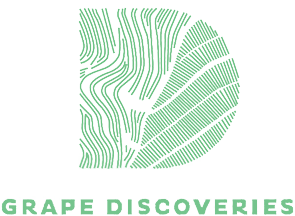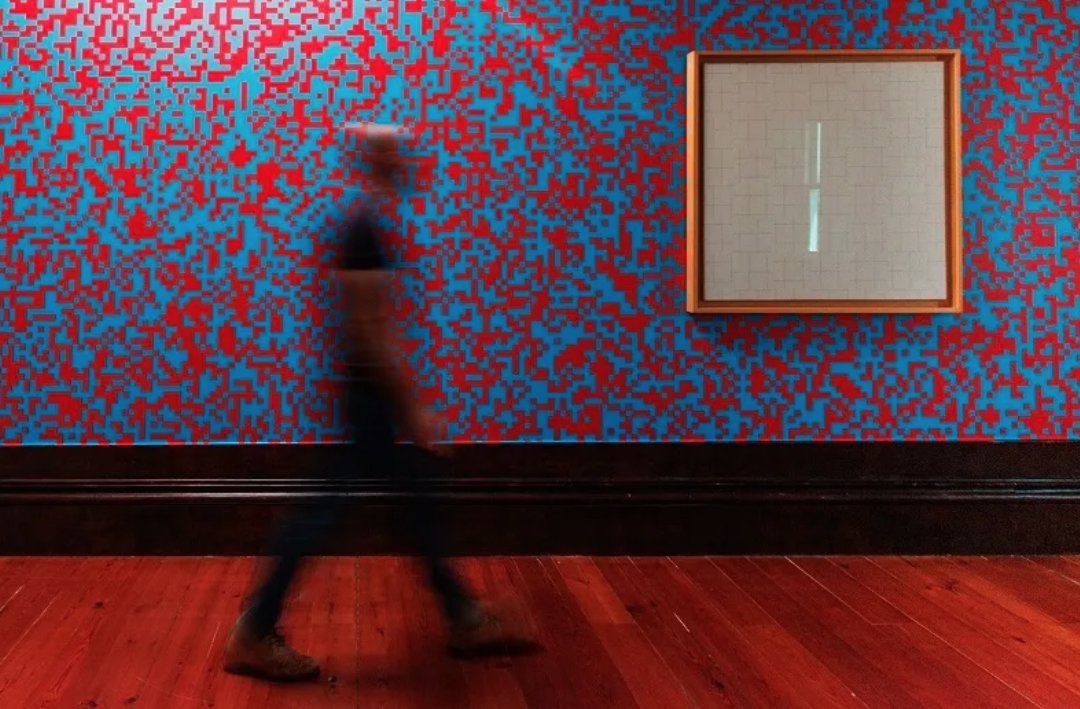Porto embraces cultural dynamism with the new Atkinson Museum
Optical illusions
For as long as anyone can remember, the achingly beautiful city of Porto has been associated with the production and ageing of Port wine. But a tectonic shift is currently underway: from now on, whenever Porto is mentioned, we need also to think of art, modern and contemporary.
A few minutes away on foot from the World of Wine cultural district in Vila Nova de Gaia, the new Atkinson Museum is hosting a launch exhibition until September 30 entitled The Dynamic Eye: Beyond Optical and Kinetic Art.
The Atkinson Museum is diving into the deep end of the international art pool with an exhibition produced by the Tate gallery network that draws on the Tate’s extensive collections of Optical and Kinetic Art.
Originally shown at the Museum of Art Pudong, in Shanghai, a ‘white cube’ designed by French architect Jean Nouvel, the exhibition title The Dynamic Eye recalls The Responsive Eye, the important 1965 exhibition of Optical Art held at the Museum of Modern Art (MoMA), New York.
The Atkinson Museum is a very different kind of gallery space to Pudong or MoMA: the property known as Atkinson House was built in 1760, a symbol of generational British influence in the Port wine trade. Now owned by The Fladgate Partnership (through a succession almost as complex as a field blend), owners of the Taylor’s Port brand and creators of World of Wine.
The visitor approaches along narrow streets between the imposing Port lodges, from which sometimes escape delicious aromas of wine.
Through the impetus of Adrian Bridge, its CEO, The Fladgate Partnership has been sponsoring exhibitions of modern art for several years – Picasso, Giacometti, Bacon… After this promising start, the aim is for the Atkinson Museum, now sensitively restored and modernised to international museum standards, to provide a venue in northern Portugal for exhibitions of international quality, to complement those of Porto’s longer established Fundação de Serralves, and the Bienal’23 Fotografia do Porto.
It is an exhilarating choice for a museum launch exhibition. To say that The Dynamic Eye is huge fun in no way detracts from the quality of the more than 100 works by artists of 21 nationalities.
We are teased, challenged and surprised by a dazzling, and often colourful, selection of paintings, sculpture, works on paper, films and installations.
Where did the two movements Optical and Kinetic Art come from? Optical artworks are abstract and use optical illusions that give the viewer the impression of movement. Op Art, as it is often abbreviated to, has its roots in the Constructivist practices of the Bauhaus. With Kinetic Art the viewer perceives movement, sometimes mechanically generated, and it has its roots in the practices of some of the Impressionists (Monet, Degas, Manet…), who experimented with moving human figures.
“Both Optical and Kinetic artists wanted to make their work as accessible as possible, to demystify and democratise art and eliminate the need for any prior knowledge. It is you and the work in front of you – we become active participants in the act of viewing,” explains Valentina Ravaglia, the Tate curator responsible for the exhibition’s installation at the Atkinson.
We are immediately struck by the international character of an artistic exchange in which many of the artists knew each other or were included in the same contemporary exhibitions, for example those organised by French gallerist Denise René in Paris, or the Signals Gallery in London.
Some of the most notable pieces in the exhibition are by François Morellet (France), Bridget Riley (UK), Frank Stella and Alexander Calder (USA), Victor Vasarely (Hungary-France), and Jesús Rafael Soto (Venezuela).
“At the Tate we try and shift the art historical narrative to draw attention to other places where art history happened,” Ravaglia states.
In addition to Europe and America, the exhibition focuses on the Latin American perspective. With many of the works made in the 1950s and 60s, a chronological presentation is avoided, to set up provocative or disruptive creative and geographical confrontations.
“Many of the artists in the exhibition were interested in science and mathematics, or even had an engineering background. There is a direct line to today’s digital and interactive practice.” When this writer throws in a reference to today’s discussion of the opportunities and threats posed by AI, Ravaglia comments that the 1960s were already full of “really top-level conversations about human-machine interaction”.
Some of the works seem endearingly homemade, even the motorised kinetic ones. “There is a photo of Calder in his studio with shelves full of stuff which he put together with glue and a lot of hope,” Ravaglia points out. When asked if she has a favourite piece, she replies: “I am particularly fond of the work of Takis, a Greek artist who lived in Paris and showed in London. We have included a room with electro-magnetic works that balance magic and science, some of which produce sound like a musical instrument.”
Optical Art often uses shapes we encounter in everyday life and which are part of common experience, but then tweaks them to play with our visual senses. It is perhaps appropriate that these works are shown in Porto, with its azulejos, many of which are fine examples of geometric abstraction. The Atkinson Museum has also been working with local students to create projects inspired by works in the exhibition.
First published in Essential Algarve, August 2023





